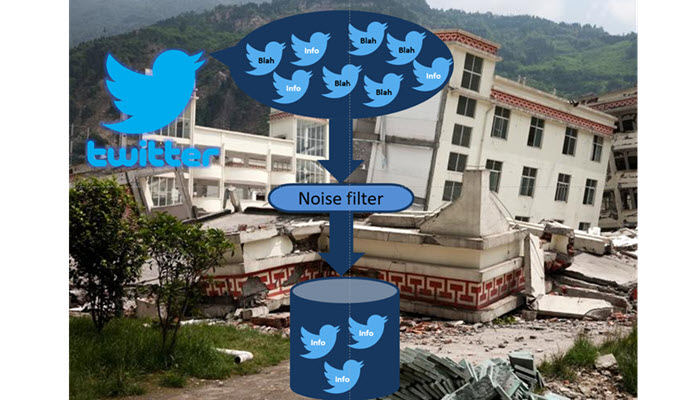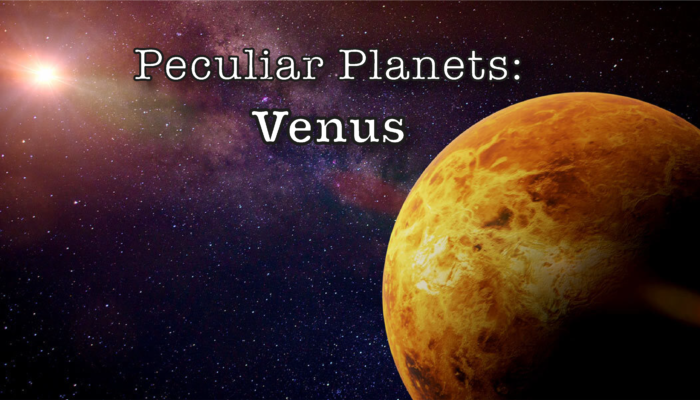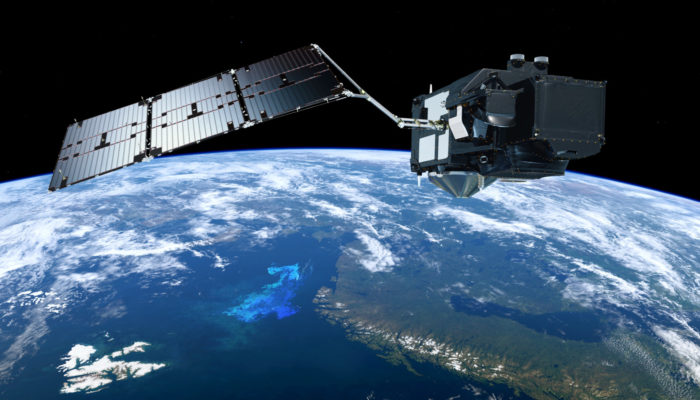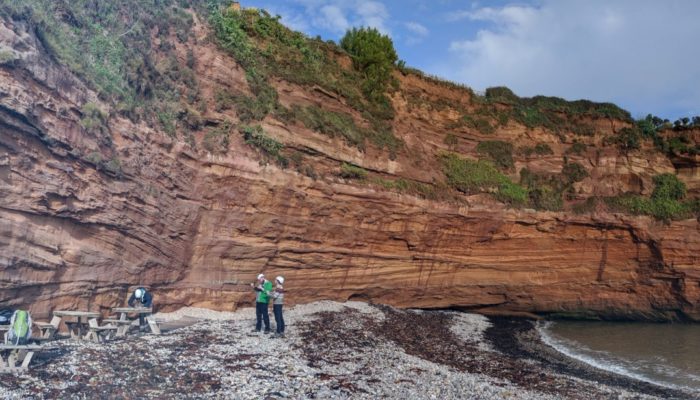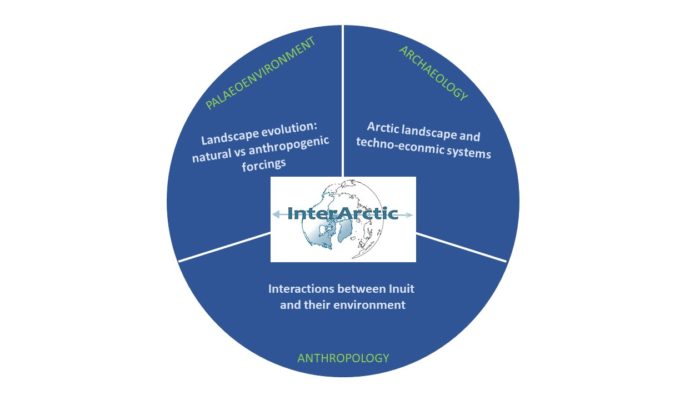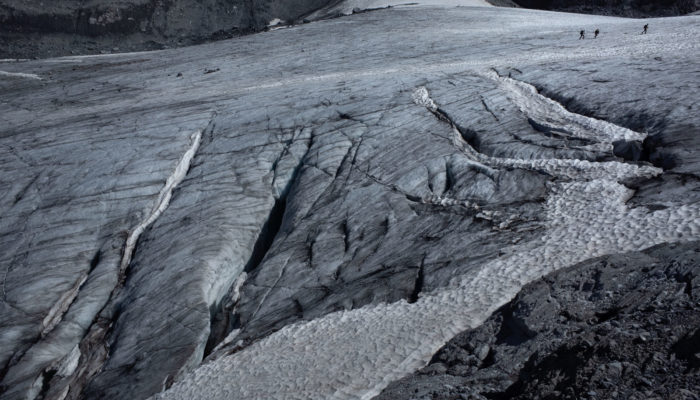Being a geophysicist, Eocenia is well aware of the fundamental cyclical rhythm of life – inbox time, coffee time, lunch time, nap time, scream-at-the-cluster time, tea time, pub time, late-night-coding time. But apparently stratigraphers just don’t accept this universal cycle, leaving us all with the question: When will geologists figure out time? Dear Eocenia, Ma or Myr? Either would ...[Read More]
Nonlinear Processes in Geosciences
NPG Paper of the Month “Anthropocene climate bifurcation”
The July 2020 NPG Paper of the Month award goes to Kolja Kypke, William Langford and Allan Willms, for their paper “Anthropocene climate bifurcation” (https://doi.org/10.5194/npg-27-391-2020). All three authors work at the University of Guelph, in Guelph, Ontario, Canada. William Langford did his PhD at the California Institute of Technology in 1971 under the supervision of Herbert Kel ...[Read More]
Tectonics and Structural Geology
Ana Margarida Neiva – A woman as hard as granite
Ana Neiva was born on May 7 1941 in Cedofeita, Porto, northwest Portugal – a city carved in granite. Her childhood and youth were spent in Coimbra, where her father worked. João Cotelo Neiva was an eminent geologist and professor at the University of Coimbra, one of Europe’s oldest universities. His influence was decisive for her interest in geology and her scientific career. ...[Read More]
Hydrological Sciences
Do you know about the 3MT competition? What a challenging experience for a PhD student!
Effective communication plays a vital role in our PhD life. We spend significant amount of time working on a desk or in a lab performing our research for many years. However, if we do not effectively communicate our results and ideas to other scientists and researchers, our research will be unacknowledged. Of course, we all learn how to give scientific talks, via PhD concept talks, final defenses ...[Read More]
Geodynamics
Venus: science! Today!
After many (attempted) visits to Venus in an earlier era of space exploration, the focus of terrestrial planet science was shifted towards e.g. our other neighbour Mars. Yet, lately, Venus seems to gain scientific popularity and not without reason – there remains so much to figure out about the puzzling planet. The virtual mini-workshop ‘Venus Science Today’ was held a few weeks ago to bring toget ...[Read More]
Ocean Sciences
Satellite data for ocean reanalysis
To understand the fundamental behaviour of the ocean, and any changes it’s undergoing, we need to know what the ocean is doing today, and on each day in the recent past. We can do this by creating reanalyses, which use data assimilation to combine state-of-the-art models with observations. The focus is often on ocean physics, but we also need to know about the marine ecosystem and carbon cycle. As ...[Read More]
Stratigraphy, Sedimentology and Palaeontology
Who needs stratigraphers, sedimentologists and palaeontologists? Evolving roles through the energy transition.
By Mike Simmons and Andy Davies. It seems that geoscience is facing something of an existential crisis. The September 2020 issue of Geoscientist, the magazine of the Geological Society of London, contains a number of articles on the future of geoscience and its relevance to society. At the heart of the concerns are a drop in student numbers, with total 2019 undergraduate student enrolments down by ...[Read More]
Geomorphology
Interview with the Steepest Descent Organizers
The Steepest Descent is a yearly one-day meeting taking place in Vienna, Austria, close to the EGU general assembly. Participants have the opportunity to see a few keynote talks by outstanding geomorphologists and to discuss their posters in a more informal and geomorphology-focused community than at the EGU. Despite its youth, the Steepest Descent Meeting seems to have lost its aura of a niche-ev ...[Read More]
Climate: Past, Present & Future
InterArctic project: understanding the interaction between artic environments and societies
The InterArctic project (Fig. 1) focuses on vulnerability, resilience and adaptation of northern societies facing global change. The current rapid warming of Arctic and Subarctic climates has already produced many changes in the social, economic and cultural behaviour of the populations inhabiting these regions and more changes are expected to come. In this context, looking at the past provides th ...[Read More]
Cryospheric Sciences
Image of the Week – What darkens snow and ice?
“Be thou as chaste as ice, as pure as snow”. Hamlet, Act 3 Scene 1 (W. Shakespeare) Snow and ice are not always as pristine as one may think. If you have ever walked on a glacier or on a snowfield during summer, you might have already noticed that. In fact, both snow and ice are often darkened by impurities. In this blog post, you will learn about the main processes leading to ice and snow darkeni ...[Read More]




